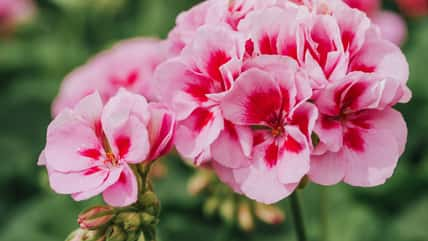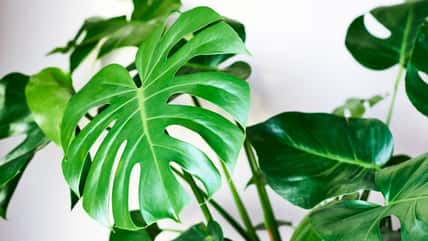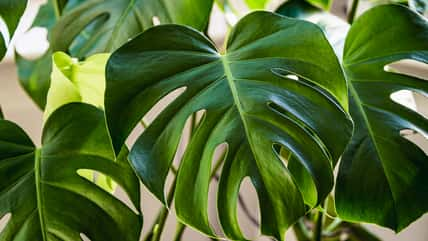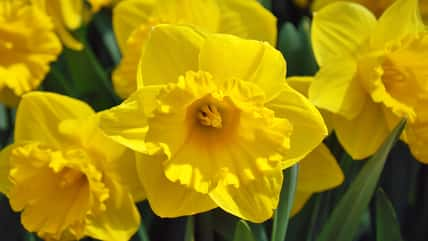Here’s How You Can Grow A Mango Tree From Just A Seed
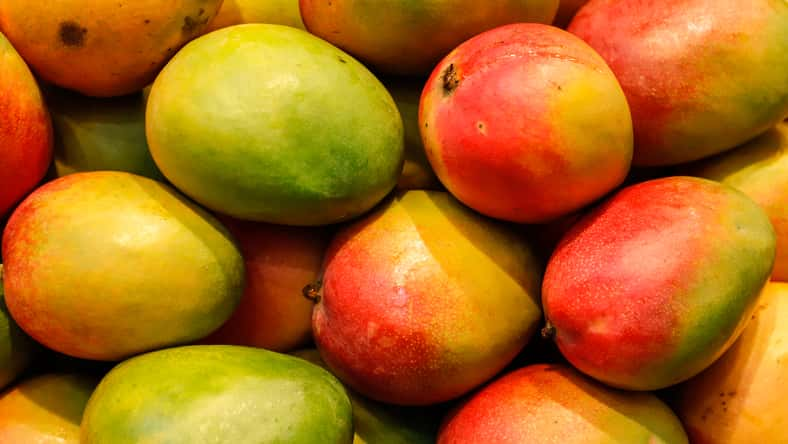
For many, eating a mango is a somewhat magical experience. Biting into the juicy fruit with its lip-smacking flavor is a deeply cherished summertime memory.
Mangoes are grown in large commercial farms, but you can have your very own mango tree in your backyard! Can you imagine just walking into your yard, plucking the fruit from a branch, and enjoying it over the sink as its juices run down your arms?
All your dreams of creating a tropical paradise in your backyard could come true if you save the seed from a mango and plant it. The process can be a challenging one, but it’ll be well worth the effort.
Mango seedlings can be grown either outdoors or in containers. The trees grow best in warmer climates. The success rates of growing a mango tree will vary, so you should plant several seeds at once to increase your chances.
Plant seedlings from a ripe mango. The seeds should be firm, white in color, and encased in a pulpy/stringy husk. This husk must be removed before planting the seed. To remove it, cut a small hole in the edge of the husk, then continue cutting along the edge until you are able to pry it open.
After taking out the seed, wrap it in a wet paper towel and place it in a small plastic baggie. Keep the bag in a warm, moist location until it germinates. You should see signs of growth within a few days.
Once the seed has sprouted, fill a small three to four-inch container with potting soil. Plant the seed, making sure to cover it completely with soil.
Move the pot to a bright, sunny spot with indirect light. Temperatures must stay between 65 and 90 degrees for optimal growing conditions.
Water your mango seedlings whenever you notice that the top two inches of soil are dry. You must be watering enough so that the excess water pours out from the pot’s drainage holes. Once the plant develops more, you won’t need to water it as much.

Pixelkram – stock.adobe.com- illustrative purposes only
Fertilizer is not needed when you’re just starting out with the seedlings. You’ll know it’s time to fertilize when the plant has produced leaves and a more intricate root system that fills the container. Then, you’ll use a fertilizer with equal amounts of nitrogen, potassium, and phosphorous.
Some common problems with mango trees are powdery mildew and pests like mites, aphids, and mealybugs. Powdery mildew occurs when your plant has poor air circulation and isn’t getting enough sunlight. Apply neem oil to cure your plant of this ailment.
Mites and aphids tend to make an appearance when the environment is hot and dry. If you see them on any leaves, spray them off with water. Mealybugs are a little bit more difficult to get rid of.
The bugs have hard, protective shells and must be physically removed from the plant. Insecticidal soap or horticultural oil can help control the mealybug population.
If you want your mango tree to grow fruit, it should only be planted outside in places that stay warm year-round. Even if your mango tree doesn’t bear fruit, its luscious foliage is still enjoyable to look at and makes a lovely houseplant.
If true crime defines your free time, this is for you: join Chip Chick’s True Crime Tribe
She Won $500 At Bingo One Night In Downtown Grand Forks, And Then This Teen Disappeared
Creating Wealth Without The Price Tag: How To Achieve The “Old Money” Aesthetic In Your Own Home
She’s Showing You How To Make A Hot Honey Peach Margarita
Sign up for Chip Chick’s newsletter and get stories like this delivered to your inbox.
More About:Gardening
